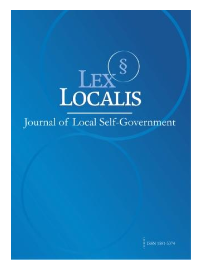COST-BENEFIT ANALYSIS OF HUMAN RESOURCE PRACTICES: A MANAGEMENT ACCOUNTING PERSPECTIVE
DOI:
https://doi.org/10.52152/qmx1n331Keywords:
Human Resource Practices, Cost-Benefit Analysis, Management AccountingAbstract
Human resource (HR) practices are very important for how well an organization does, but their effects on the bottom line are often not fully understood. From a management accounting point of view, a cost-benefit analysis of HR practices is a structured way to see how well they work. This viewpoint stresses the importance of measuring both the tangible and intangible results of HR programs like hiring, training, keeping employees happy, and keeping them. Managers can make better decisions by comparing the costs of things like salaries, training costs, and administrative overhead with measurable benefits like higher productivity, lower turnover, happier employees, and a better reputation for the company. Management accounting tools let you combine financial data with HR metrics to get a full picture of how value is being created. This analysis not only helps make the case for investing in people, but it also makes sure that HR strategies are in line with the goals of the organization, which is necessary for long-term growth. In the end, a cost-benefit approach makes people more accountable and helps HR managers make decisions based on facts.
Downloads
Published
Issue
Section
License
Copyright (c) 2025 Lex localis - Journal of Local Self-Government

This work is licensed under a Creative Commons Attribution-NonCommercial-NoDerivatives 4.0 International License.








